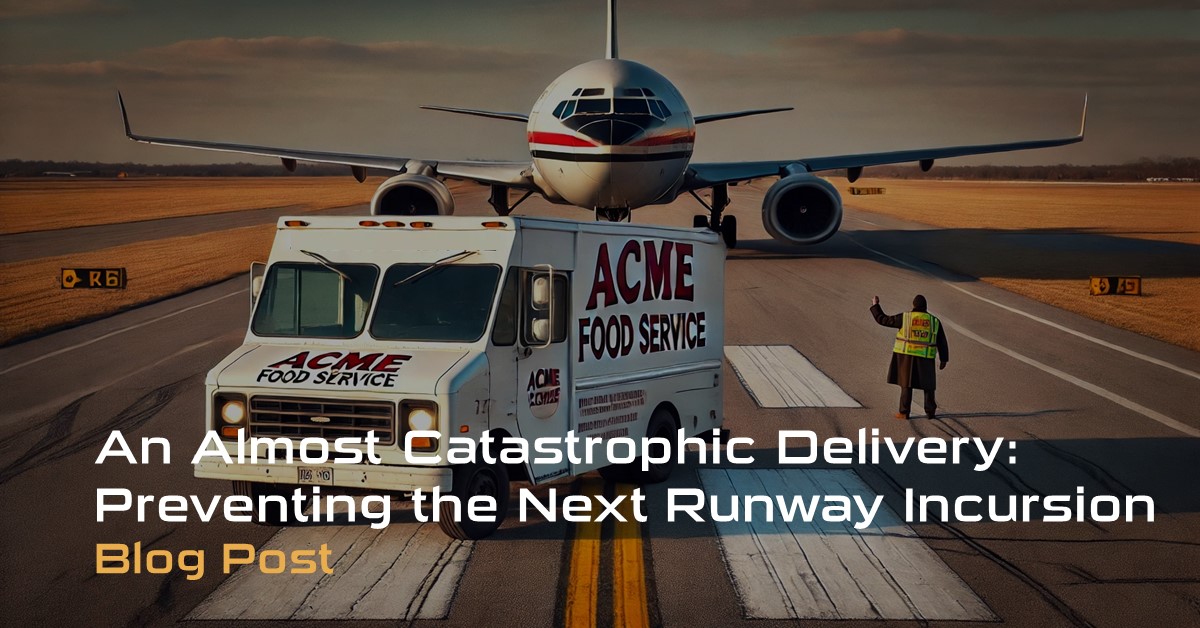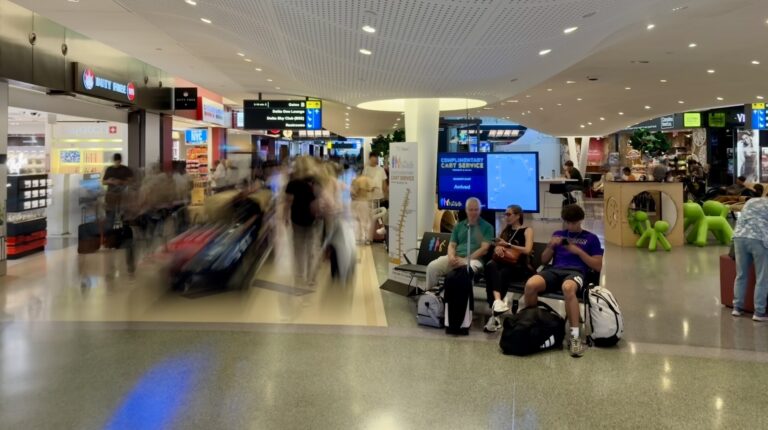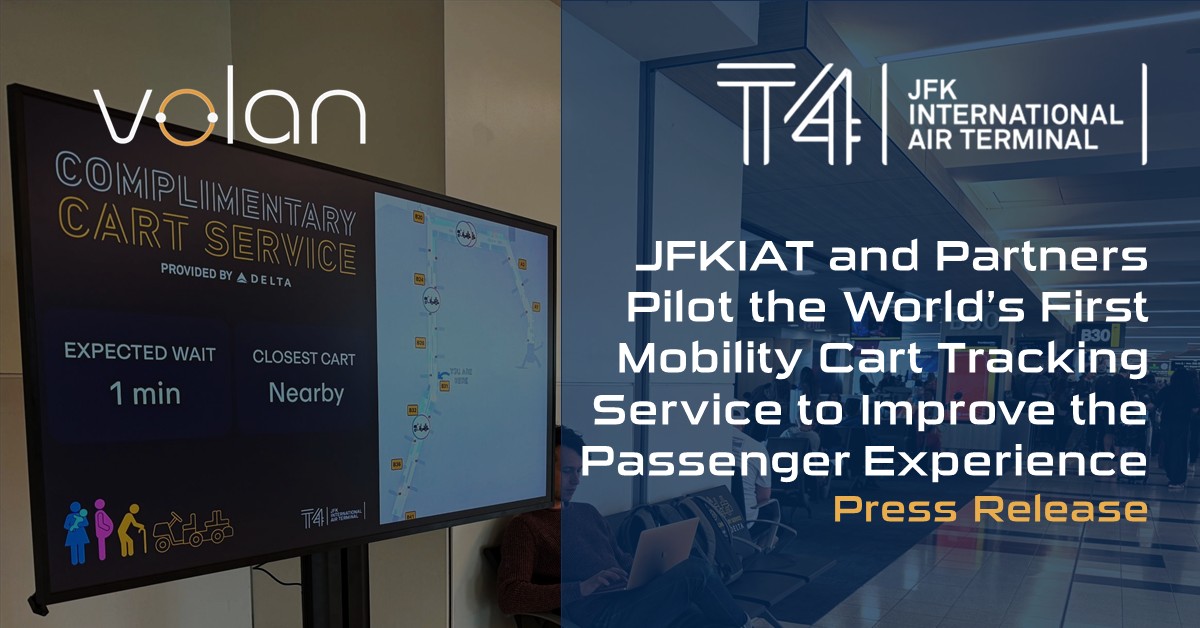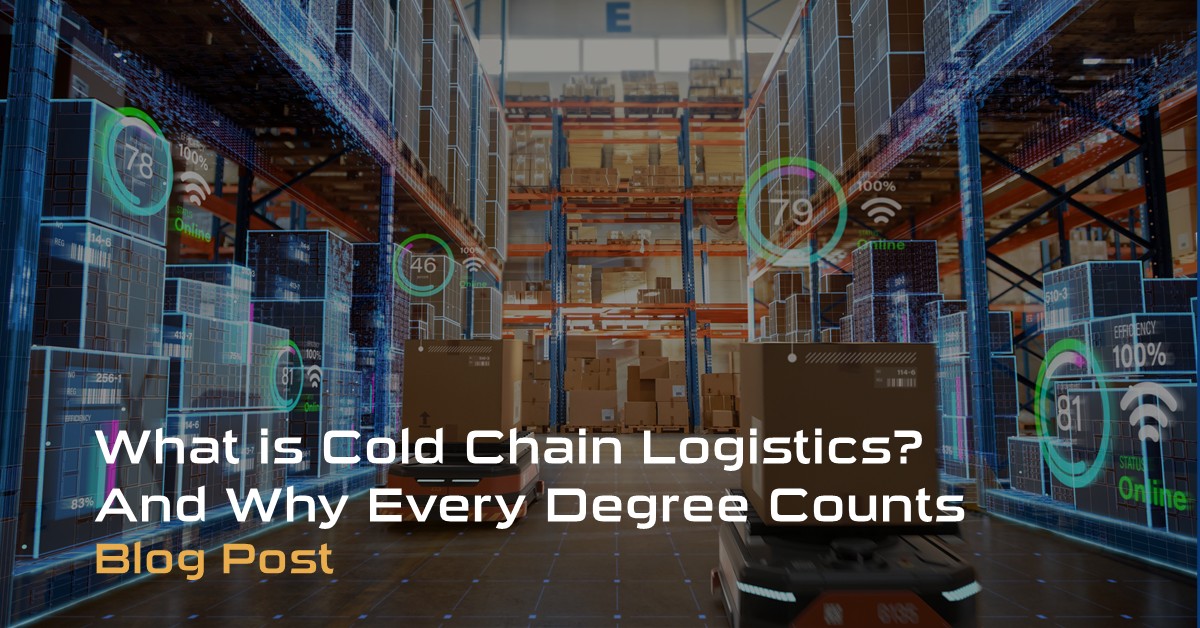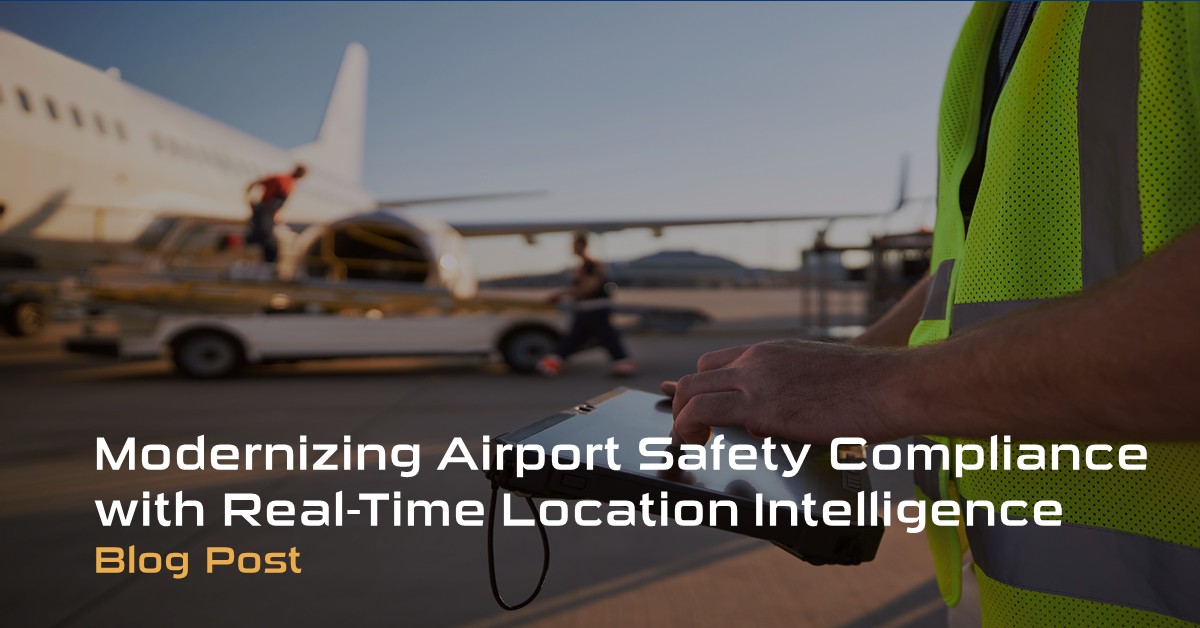An Almost Catastrophic Delivery: Preventing the Next Runway Incursion
Runway incursions remain one of the most critical safety challenges for airports, with incidents often stemming from unauthorized access by vehicles or personnel unfamiliar with airport layouts. Current manual systems are increasingly strained by labor shortages and high turnover, exposing vulnerabilities in safeguarding restricted areas. Adopting advanced real-time location technology can address these risks, ensuring proactive monitoring, precise intervention, and enhanced operational safety across the airside environment.
Picture this: A routine food delivery at a major U.S. airport goes terribly wrong when a frustrated delivery driver, separated from their escort, drives off, gets lost, and drives down an active runway. The driver is completely unaware of the danger. A potential catastrophe is averted only when air traffic control spots the vehicle.
This isn’t a hypothetical scenario – it happened this year at a major U.S. airport. According to the FAA, with 1,757 runway incursions reported in FY 2024 and 1,760 in FY 2023, it represents one of the most critical and persistent safety challenges airports face today: preventing unauthorized access to restricted areas.
As someone working closely with airports, I hear increasing concerns about unauthorized vehicles and personnel accidentally entering restricted areas, particularly active runways and taxiways. These incidents often happen with delivery truck drivers, construction workers, or maintenance vehicles whose drivers aren’t familiar with airport layouts.
While fortunately, no one was hurt in the delivery incident, it highlights a severe vulnerability in traditional manual escort systems – especially as airports face growing labor shortages and higher turnover rates among security personnel.
Modern location technology can provide multiple layers of protection against these incidents.
First, airports can instantly detect when escorts and escortees separate by tracking them in real-time. Second, geofencing critical areas allows for immediate alerts when someone enters a restricted zone. The technology can even provide direct feedback to the person who’s out of bounds—imagine a badge that vibrates and flashes red when someone enters a prohibited area.
But what’s really powerful is the escalating alert system. As someone moves closer to critical areas like runways, notifications can intensify and reach additional airport personnel – from operations staff to air traffic control. This creates multiple opportunities to intervene before a situation becomes dangerous.
The key is having precise, fast and pervasive technology. GPS alone isn’t accurate or quick enough, especially in covered areas like gates, terminals and parking structures. What’s needed is localized micro-location capability that can track all movements in seconds within 1-2 meters and take immediate and automated action, combined with a system that’s simple to deploy and doesn’t require extensive infrastructure.
With the right technology in place, airports can dramatically reduce the risk of runway incursions while maintaining efficient operations.
Want to learn how to prevent unauthorized runway access and strengthen your airport’s ground safety? Contact us to discuss how real-time location technology can protect your airside operations.
To learn more about our Volan technology, please contact us.
Our Airport Solution
Volan provides a comprehensive suite of micro-location tracking solutions tailored for airports, addressing both operational efficiency and construction safety. Both solutions leverage Volan’s cutting-edge, accurate technology to create safer, more efficient airport environments
- Our asset tracking technology improves aircraft on-time performance by enabling real-time visibility of ground resources like tugs, baggage handlers, and fuel trucks. This system proactively prevents delays, optimizes resource allocation, enhances safety, and increases accountability while integrating with existing Airport Operational Database (AODB) and Resource Management Systems (RMS).
- Our construction barrier technology offers geofenced tracking for airport construction sites, providing instant alerts if workers enter restricted areas, along with precise location data and a live map view. This solution helps airports meet regulatory requirements without the high costs and inefficiencies associated with human escorts. By reducing the need for full-time security personnel and offering automatic site rostering to track worker entry and exit, airports can significantly lower costs.
To learn more, visit our Solutions for Airports page.


